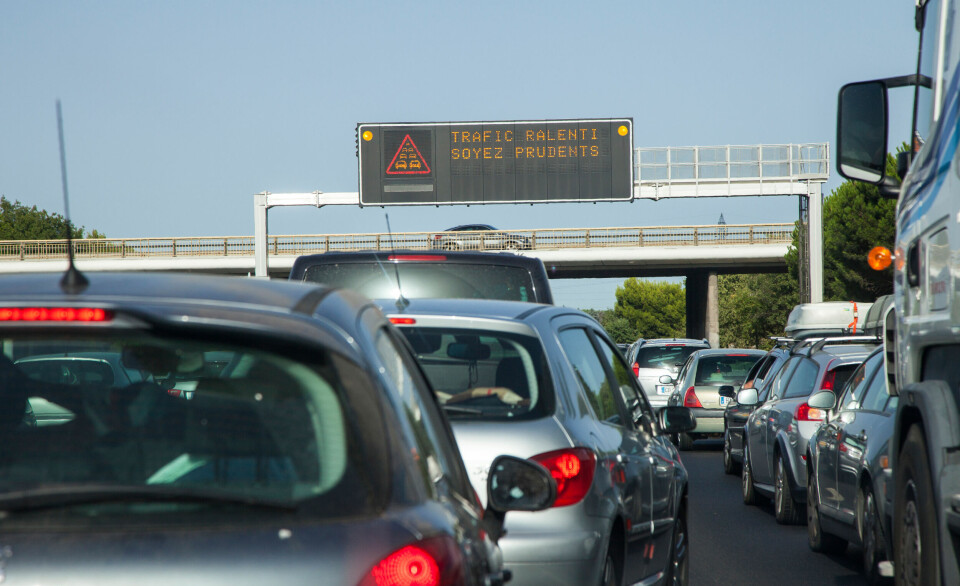Do you know how to use a rond-point as opposed to a carrefour giratoire in France?
Drivers must be aware of one key - and potentially dangerous - difference between them
The Cédez le passage (Give way) sign indicates that this rond point is a carrefour giratoire
Wiliamhero/Shutterstock
Drivers must be aware that there are two types of roundabouts in France, with one key - and potentially dangerous - difference between them.
Both rond-points and carrefours à sens giratoir are commonly referred to as ronds-points. However the different types of circular junction follow different traffic rules.
French roundabout rules
The two types of roundabouts are:
Rond-point: the ‘traditional’ French roundabout.
Carrefour à sens giratoire: literally ‘junction with a turning direction’ – and the more common format today, especially on larger or busier roads.
While rond-point remains the everyday term for both, the technical distinction is important - especially when it comes to who has priority.
Classic example: Place de l’Etoile
The most famous rond-point in France - and the clearest example of the old rules still in force - is the huge junction circling the Arc de Triomphe in Paris (Place Charles-de-Gaulle). Here, cars entering the roundabout have priority over those already on it.
This layout is becoming less common.
Read more: Yellow lights for pedestrians in many cities in France - what do they mean?
How to tell the difference
Look out for signs and road markings. At a carrefour à sens giratoire, you will see:
A "Cédez le passage" (Give Way) triangle sign
A dashed line painted across the entrance
Possibly additional road markings or arrows
Drivers who do not give way to vehicles already on the carrefour à sens giratoire can be subject to a fine of up to €750 under Article R415-10 of the code de la route.
If there are no Give Way signs or road markings, assume it is a rond-point, where vehicles on the roundabout should give way to those entering on their right.
Read more: Approval of roadside noise cameras in France will see fines issued against loud vehicles
Entering and exiting correctly
Both types of roundabout follow the same general rules concerning the position of vehicles.
Turning right (first exit): indicate right before entering the roundabout.
Going straight across: no signal on entry, then indicate right just after the exit before the one you are taking.
Turning left or U-turn: indicate left as you enter, stay in the left lane, then indicate right just after the exit before the one you are taking.
Drivers must remember to signal any lane change, and never cut across lanes suddenly on the roundabout.






























